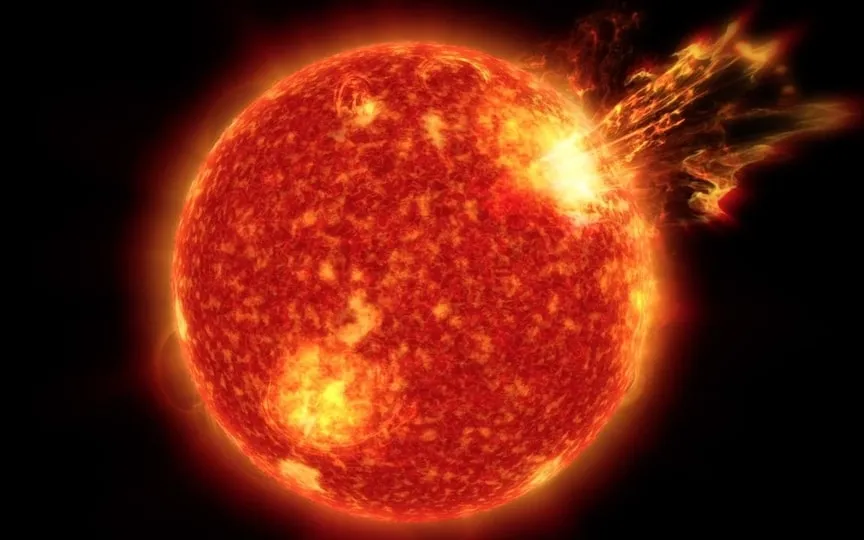Alert issued for geomagnetic storm as solar wind could trigger solar storm, causing auroras near the Arctic Circle
Recently, there has been a rise in both the frequency and strength of geomagnetic storms, possibly linked to the upcoming peak of solar cycle 25. This surge in solar activity may lead to more frequent and intense solar storms, geomagnetic storms, CMEs, and solar flares. As a result, forecasters have issued a geomagnetic storm alert in anticipation of approaching solar winds.
Geomagnetic storm alert
According to a Space Weather report, National Oceanic and Atmospheric Administration (NOAA) forecasters have revealed that a stream of solar wind is heading toward Earth and could graze the planet’s magnetic field. It is predicted to lead to a G-1 geomagnetic storm on April 4. For the uninitiated, G-1 geomagnetic storms are considered minor storms and are of low intensity. However, they can cause shortwave radio power outages in certain situations.
NOAA also says a geomagnetic storm is likely to cause the aurora borealis. Streaks of starlight can be seen in the sky around the Arctic Circle, while dim aurora borealis can also reach the US-Canada border.
The report states: “NOAA has issued a minor (G1 category) geomagnetic storm for April 4, when the solar wind stream is expected to spread the Earth’s magnetic field. The storm may produce bright naked-eye auroras around the Arctic Circle and weaker photographic auroras as far south as the US-Canada border.
How are the northern lights formed?
According to NASA, solar particles are released when a solar storm interacts with Earth’s magnetic field. These particles interact with gases in our atmosphere to form the aurora borealis, which are most common in places like the Arctic Circle, Reykjavik, Iceland, and Svalbard, Norway.
Scientists study the northern lights from several angles – from below, from above and from within. NASA missions like THEMIS investigate what causes the aurora borealis to make a dramatic transition from slowly flickering waves of light to wildly changing streaks of color from above. Meanwhile, ground-based telescopes and radar look up to monitor what’s happening in the sky.




